Living through three lockdowns in London
During the first national lockdown in the United Kingdom in March 2020, there was much confusion just like anywhere else in the world. Very few people ventured out of their homes except those working in critical places like clinics and hospitals.
At home, families suddenly faced the prospect of a long-drawn period of physical isolation from the outside world while children needed to be kept busy for the sake of their physical, intellectual and mental health.
Even with schoolwork in place, there was much time left doing nothing unless they were given their phones the whole day. At home, we avoided it by getting them learn how to cook and bake. This was my wife’s daily sessions with them.
We also took this as an opportunity to teach them everything Filipino. For example, we had daily OPM sessions. I introduced them to SB19, IV of Spades, Ben & Ben, Moira de la Torre, The Juans, among other artists.
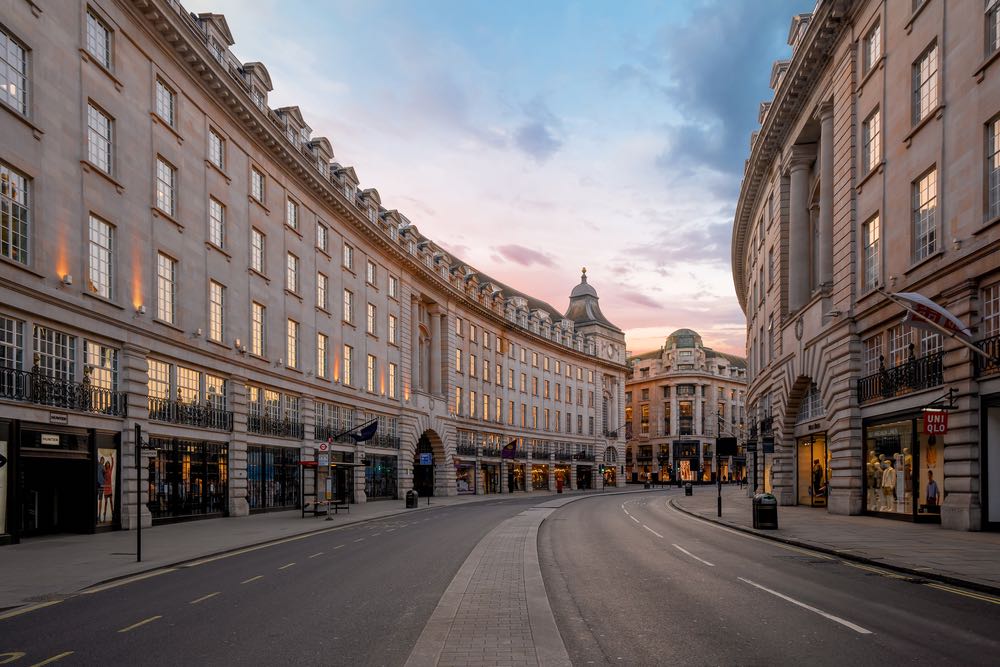
I would ask them to write down the lyrics of the songs and then would practice reading and singing them. This proved to be a hit. They were learning more about Tagalog and Philippine culture while enjoying what they were doing. In the process, it also helped address our concerns about their mental health.
When the lockdown eased, and weather permitting, we would walk out of the house and catch the sun or the light. Even if I do not do Tiktok, I asked my daughter to teach me some dances outside the house just to keep us busy and moving.
We also took this as an opportunity to teach them everything Filipino. For example, we had daily OPM sessions. I introduced them to SB19, IV of Spades, Ben & Ben, Moira de la Torre, The Juans, among other artists.
We were also now allowed to walk, exercise and do groceries. But the nearby store was small and was not conducive to social distancing. Thus, my wife and I would travel by foot to a bigger store, which is two miles away. Taking the bus was not an option as this would mean greater exposure to the virus. Walking back home with heavy backpacks and bags was very challenging but we knew this would still be the safer option.
Meanwhile, we would check on my wife’s niece who was working as a nurse in a hospital in London. She was exhausted. It was she who revealed to us that the situation was not getting any better because of the growing number of critical cases which needed immediate attention.
We felt helpless. The most we could do was to order pasta online and have it delivered to her place.
We would also check on a family friend who had just moved to the UK. She and her sisters were good family friends and church mates in Singapore. She was working at a hospital in Southampton. We learned that she developed a life-threatening allergy.
It did not do much to ease her anxiety and loneliness but we would nevertheless order pizza, pasta and other food online and have them delivered to her place.
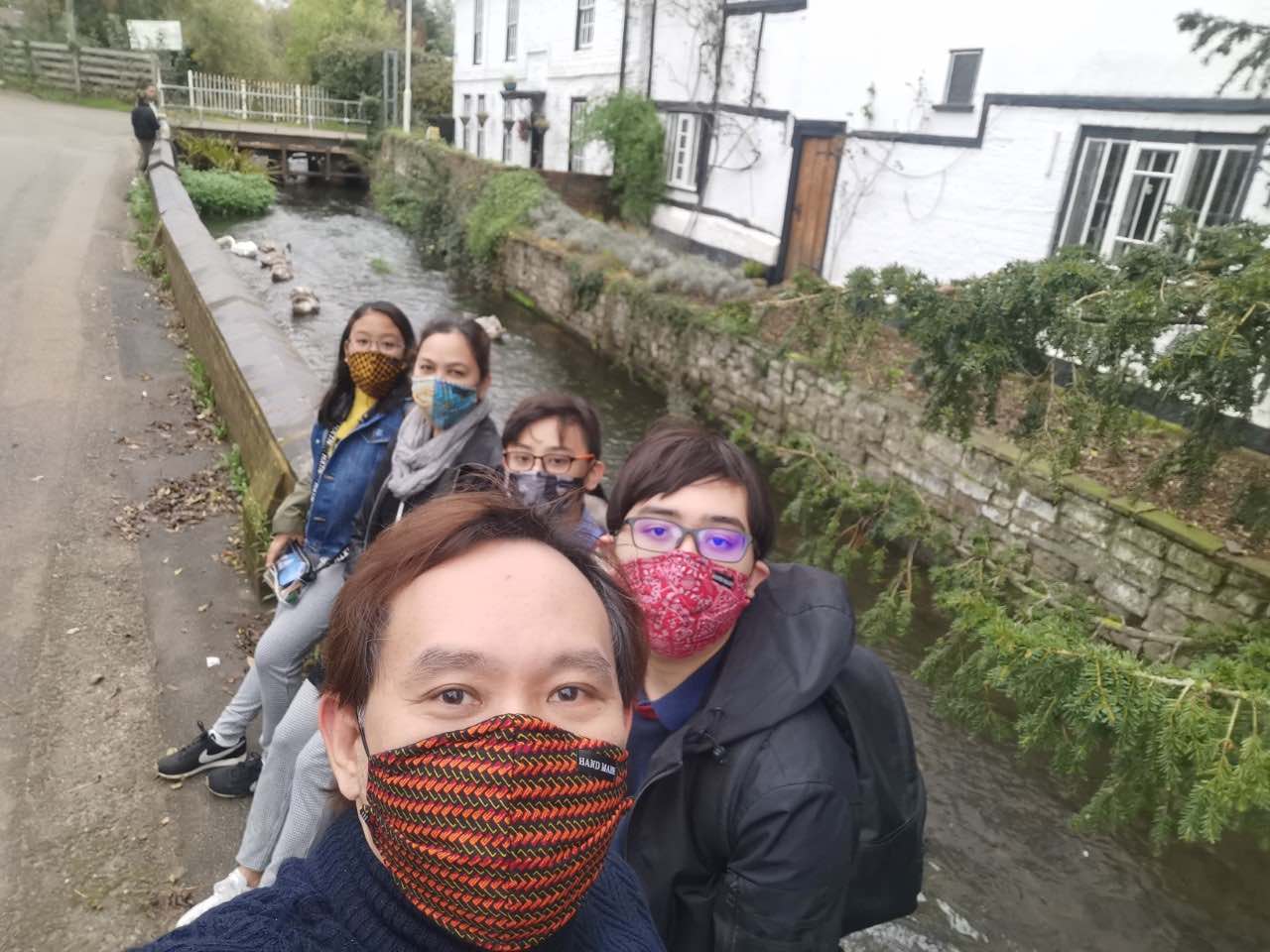
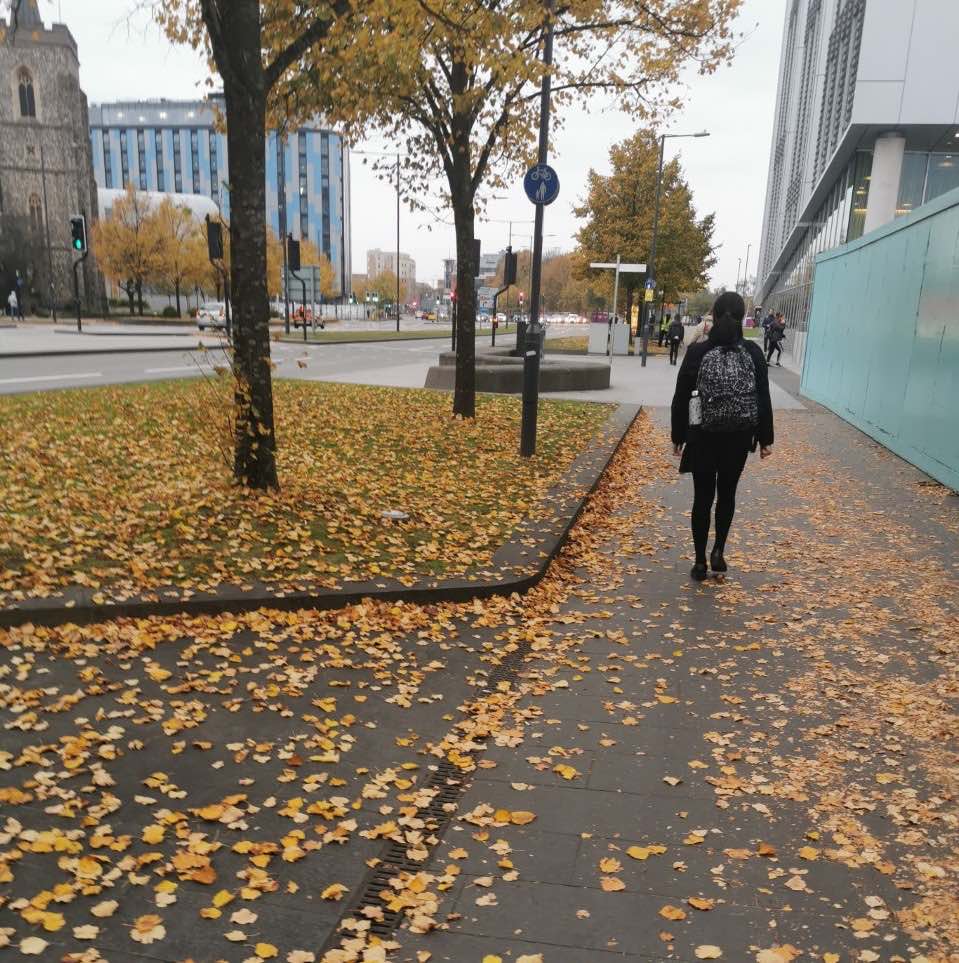
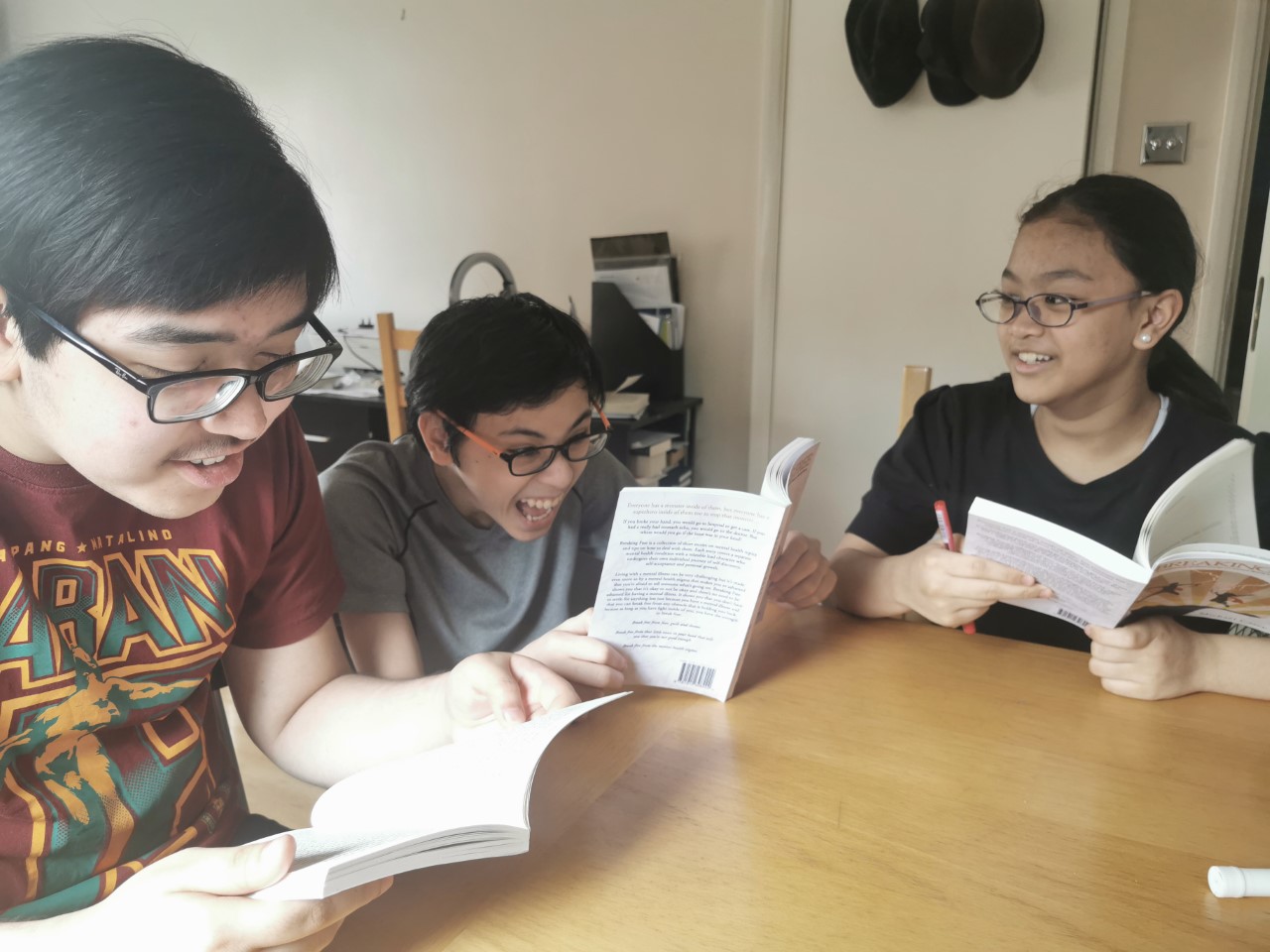
Come September, it became compulsory for children to go back to school. There was assurance of safety protocols to be followed, that they would be placed in “bubbles” or groups of pupils with whom they would only be in contact for the whole week.
But buses were always full, thus social distancing was not always followed. The use of masks, while mandatory, was not strictly followed. This was why my wife (if I had zoom classes) and I would always accompany our kids to school and would wait for them until the end of their classes. We served as “bouncers” on the bus. Otherwise, our children would have just allowed people to go near them. Many times, I would move my right foot forward and tell someone, “Do not go near my shoe!”
Gradually, positive cases were slowly going up again. Localized lockdowns were imposed but schools remained open. One day in November, our daughter called me and said that they were going to be sent home for self-isolation because someone in their bubble tested positive. At the time, I was in the middle of my lecture on Zoom, and my wife was not feeling well, so there was no one to pick her up from school that early. After a few calls to the teacher, and while asking my students to give me a 10-minute break, our daughter was allowed to come home on her own.
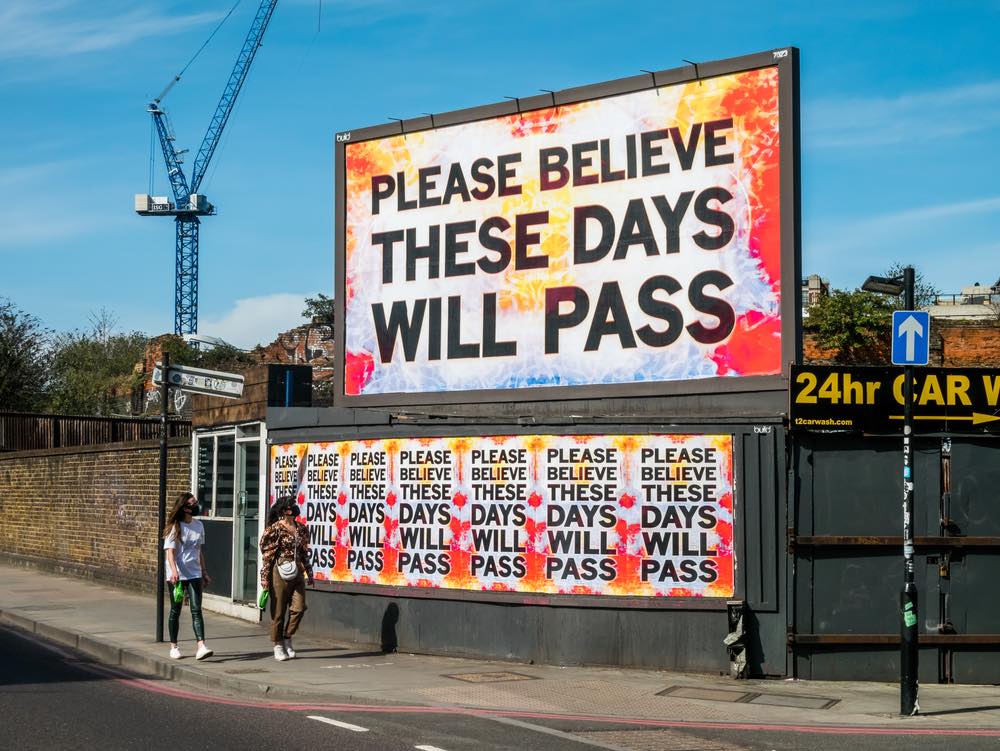
A few days after, one of our sons had to go on self-isolation as well. There were two more weeks of school in December but because of the madness of the situation, they never got the chance to go back to school.
The second lockdown did not stop the further rise of cases of positive infections and deaths. Although children were least likely to be infected, the issue was transmission. They could still carry the virus with them every time they went home.
It was also difficult to stay safe outdoors since social distancing was not always followed, and not everyone was wearing masks.
When the prospect of a COVID-19 vaccine became clear, the news sent good cheer to everyone. It became more hopeful when Filipino nurse May Parsons administered the first COVID-19 vaccine in the UK. She was the toast of the town and darling of the media, with May herself framing her accomplishment as symbolic of Filipino nurses’ significant contributions to the field of healthcare worldwide.
However, it also exposed the multi-layered work of Filipino healthcare workers in the country. It was revealed that more of them died of COVID-19 in the UK than their counterparts in the Philippines. Filipinos at the National Health Service also had the highest death rate among ethnic groups in the medical institution.
Not only were they assigned to more critical wards in the hospital, they also had very little voice to turn down the assignment for fear of losing their job.

Meanwhile, a new strain of the virus was detected in the country, and new cases were filling up the hospitals once again. Schools were to open in January despite calls to keep them closed.
As late as Jan. 3, 2021, Prime Minister Boris Johnson appeared very poised to open the schools, telling parents they should “absolutely” send their children back to school.
The next day, primary school children were indeed back in school despite multi-sectoral opposition because of the steep rise of cases everywhere in the country. The same day that evening, the prime minister announced the third national lockdown, this time even schools would be closed until middle of February.


